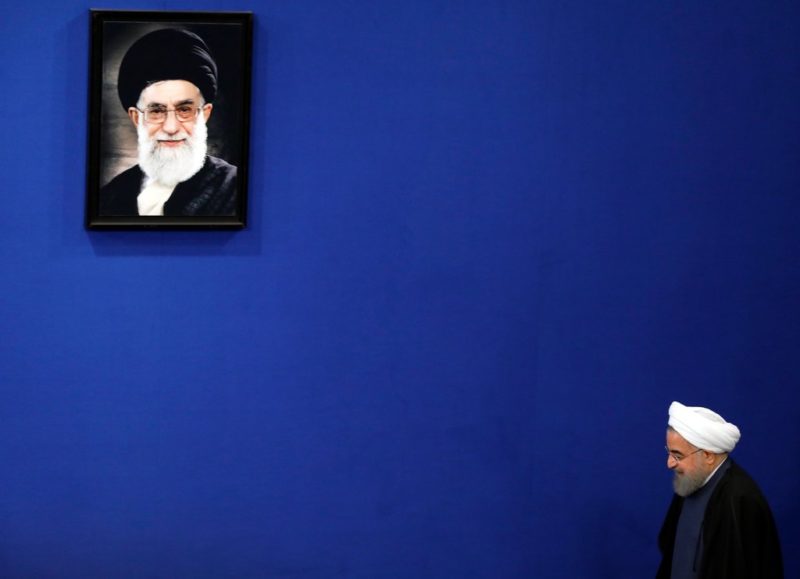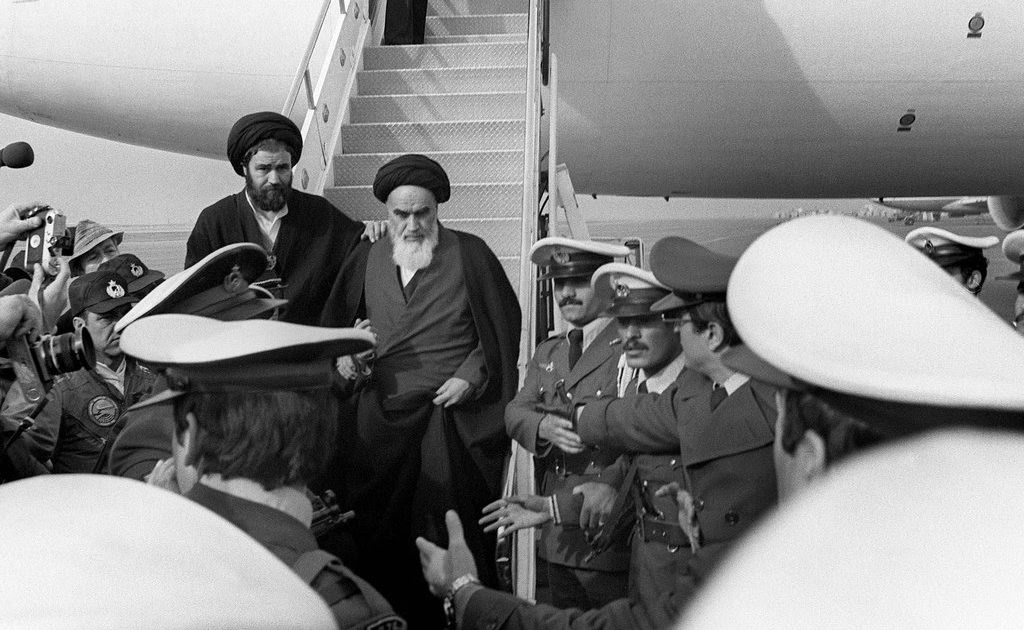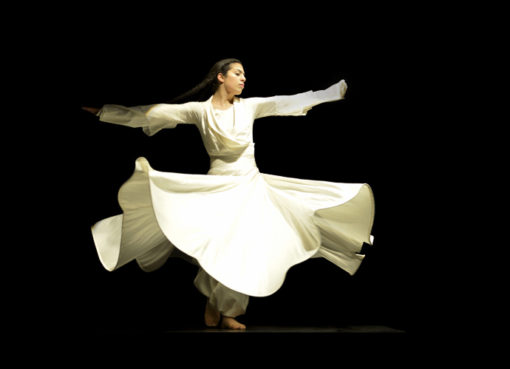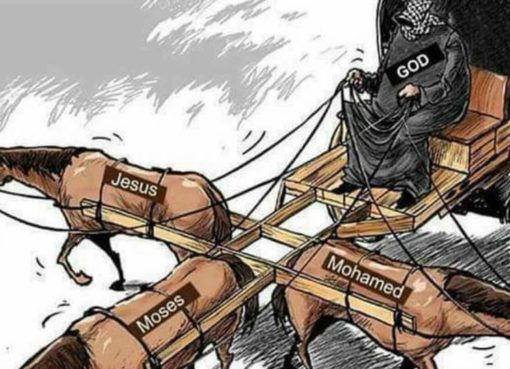Presidential elections in Iran raise a puzzling contradiction: How can the government include both an unelected supreme leader and a president who is chosen in votes that are treated as serious contests?
Put another way, is Iran a democracy or a dictatorship?
Citizens elect the president, as well as members of a legislature. But they are overseen by institutions staffed by clerics. One, known as the Guardian Council, approves all candidates for office, narrowing the scope of elections. Still other unelected bodies, like the Revolutionary Guards, wield tremendous power.
The supreme leader, who holds the position for life, is the most important figure, overseeing everything.
The system began with a series of hurried political compromises amid the country’s 1979 revolution. The end result was an Islamic republic, meant to combine democratic involvement with theocratic oversight. In practice, the two often clash, with unelected, unaccountable officials holding the most power.
The result has been 38 years of weak democracy but strong politics. Political factions, each with a base of support, compete through elections, and for influence among powerful bureaucracies.
Over the years, although the government has remained broadly authoritarian, it has oscillated among degrees of democracy. Those fluctuations, while subtle, have often coincided with elections like the one this week.

Islamic Republic: Yes or No?
After throwing off their government in 1979, Iranians chose its replacement with a referendum measure whose wording would prove fatefully vague: Should the old system be replaced with an Islamic republic?
The measure, seen as a vote on the revolution itself rather than whatever would follow, was overwhelmingly approved. A second referendum was scheduled to approve a constitution.
But the revolution was not united. It was led by three factions: nationalists who sought a Western-style republic, Islamists who favored a sort of populist theocracy and communists, the most powerful group.
Ruhollah Khomeini, the Islamists’ leader, conspired with nationalists to block the communists, whom they both feared. They agreed on establishing an Islamic republic, which theoretically would satisfy both Islamists and nationalists.
But reconciling their visions proved difficult. The nationalists modeled their plans on the French and Belgian constitutions. The Islamists built on Mr. Khomeini’s sermons, particularly a radical concept known as Vilayat-e Faqih, which extended religious jurisprudence to allow direct clerical rule of society.
As they drafted the Constitution, Mr. Khomeini sought to strengthen his hand by seizing greater control of the revolutionary movement, in part by initiating the takeover of the American Embassy in Tehran.
His tactics worked. When the Constitution went to a referendum, it described democratic institutions, like a legislature and a president — but they would be overseen by unelected clerical bodies.
The most powerful position of all, that of the supreme leader, went to Mr. Khomeini.
Article Source: NY times






you fucking scumbag! you are a traitor & spy of amrica
may Allah will burn you in the hell for eternity!!